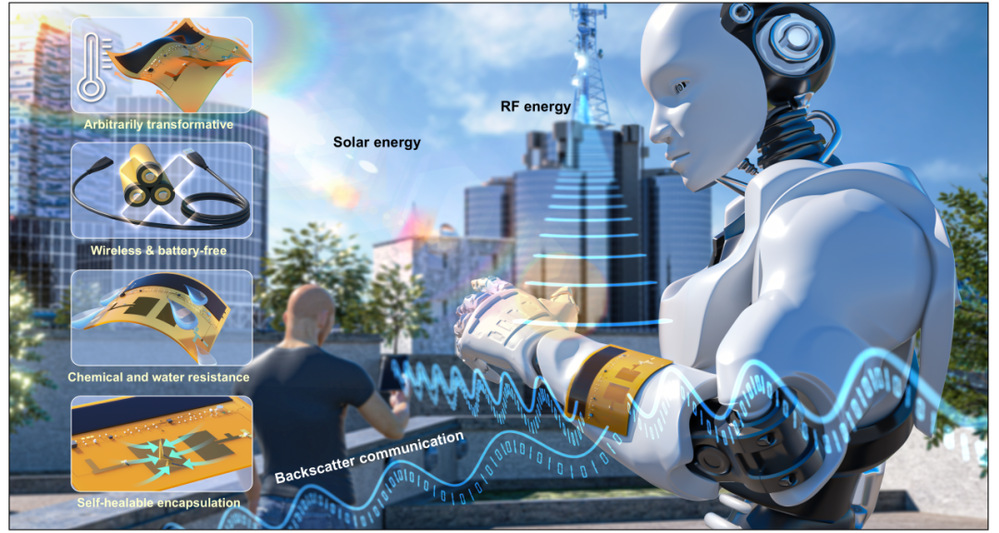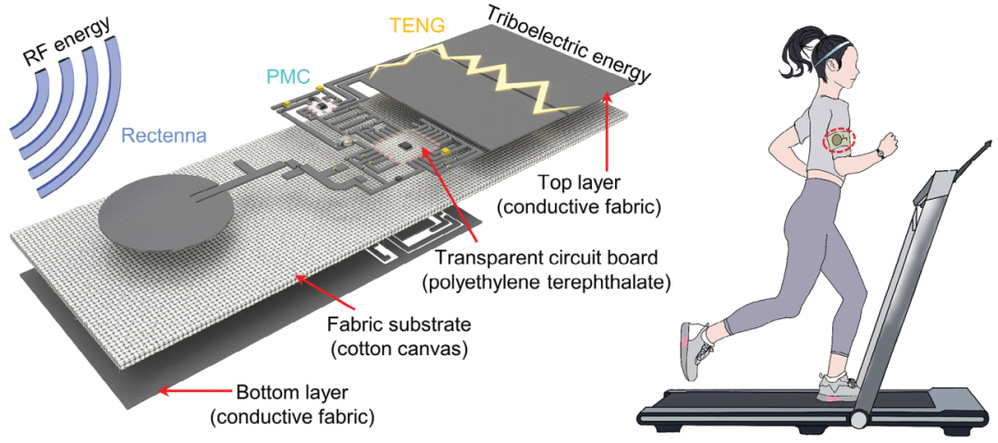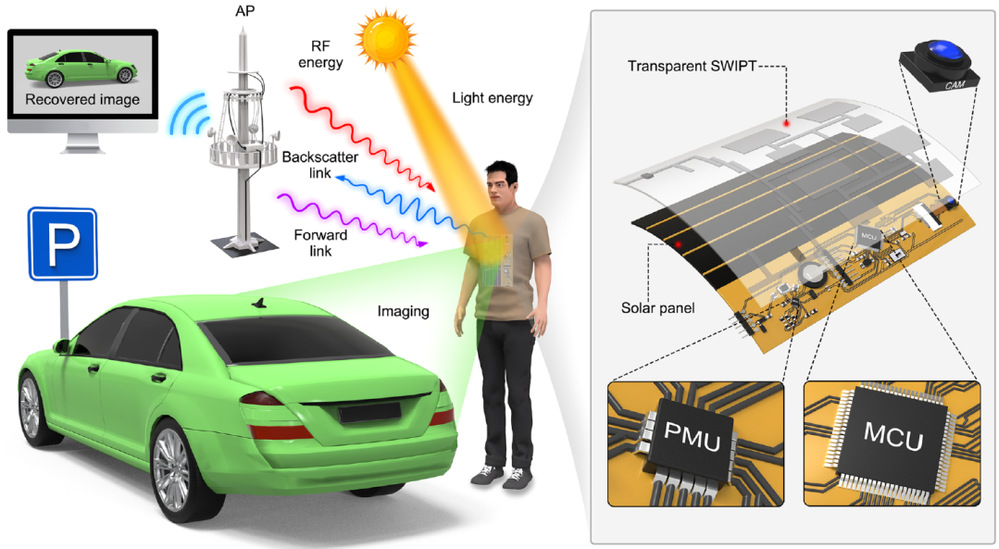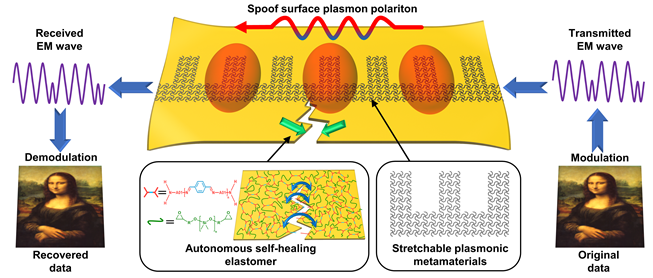Recently, a collaborative team comprised of Professor Weibing Lu and Academician Tiejun Cui from the National Key Laboratory of Millimeter Waves at Southeast University, and Professor Chenghui Li from the National Key Laboratory of Coordination Chemistry at Nanjing University, drew inspiration from the "endoskeleton + exoskeleton" body structure of organisms to propose a design strategy for a deformable, battery-free wireless communication sensing system. This resulted in a distributed wireless sensing terminal possessing both rigidity and flexibility, battery-free operation, and maintenance-free characteristics. This provides a new solution to the challenging problems faced by the large-scale expansion of the wireless Internet of Things (IoT), such as difficulties in deploying and installing wireless terminals, power supply difficulties, and long-term maintenance difficulties. The relevant findings were published in National Science Review(NSR), with Dr. Yu Buyun from Southeast University and Dr. Wang Hongqin from Nanjing University as the first authors.

Figure 1 Wireless sensing communication system with variable mechanical properties, all-weather battery-free operation, and maintenance-free operation
The core objective of flexible radio frequency (RF) technology is to overcome the application limitations of traditional rigid RF systems, transforming them into lightweight, flexible, and thin new forms, thereby endowing them with greater adaptability and flexibility, enabling their widespread deployment on various complex and irregular object surfaces. It has broad application prospects in many cutting-edge fields such as smart IoT, wearable health monitoring, robotics, and aerospace. In recent years, Professor Lu Weibing's team at the National Key Laboratory of Millimeter Waves at Southeast University has closely collaborated with teams in chemistry, materials science, biomedicine, and communications to conduct multidisciplinary cutting-edge research on flexible RF materials, devices, and systems. They have made a series of advances in flexible, stretchable, self-healing microwave transmission lines, flexible antennas, flexible hybrid energy harvesting systems, flexible wearable scattering communication systems, wearable wireless sensing systems based on breathable and comfortable fabrics, and active devices such as flexible semiconductors. Related research results have been published in journals such as Light: Science & Applications, Advanced Energy Materials, Science in China: Information Science, Advanced Science, and npj Flexible Electronics.

Figure 2 A wearable wireless temperature and humidity monitoring system made of stretchable, breathable fabric from Advanced Energy Materials

Figure 3 Flexible wearable hybrid energy harvesting device from Advanced Science

Figure 4 Flexible Wearable Color Video Transmission System from npj Flexible Electronics

Figure 5 Self-healing flexible and stretchable microwave transmission line from Light: Science & Applications



 京公网安备 11010802027423号
京公网安备 11010802027423号